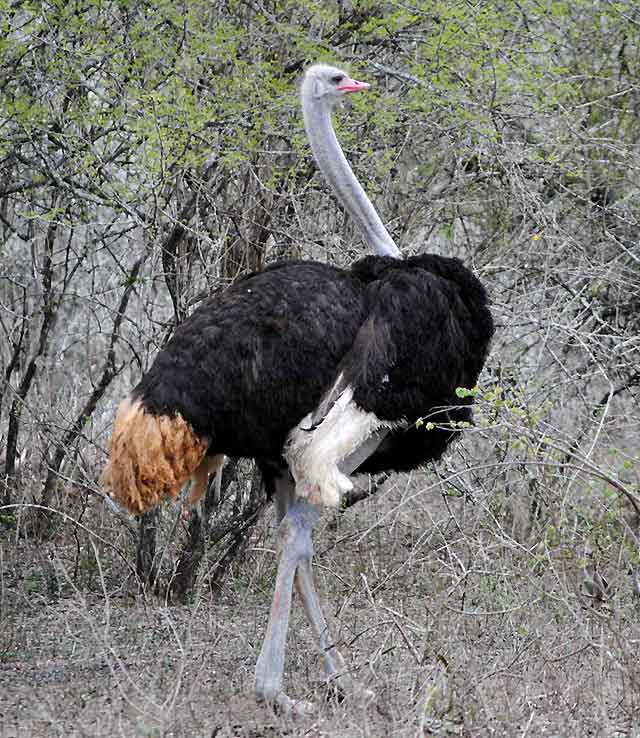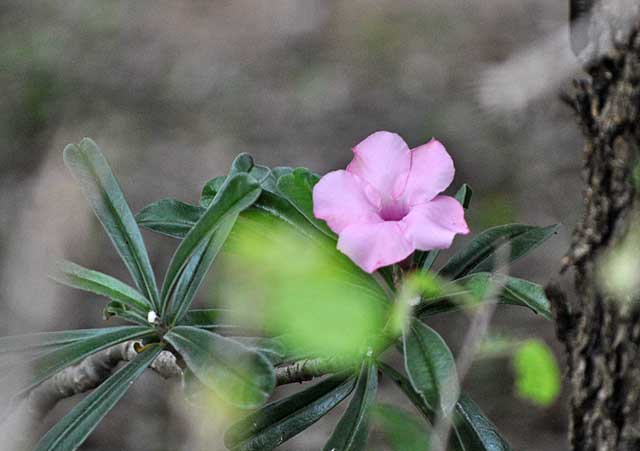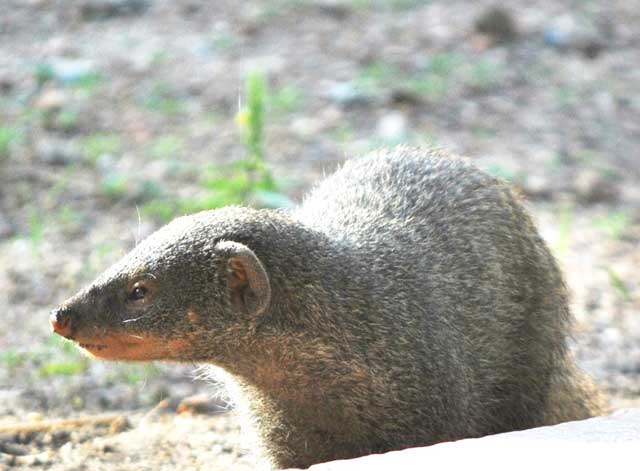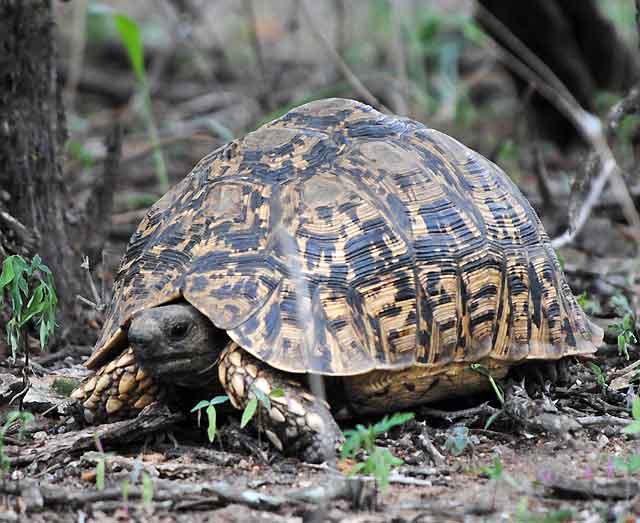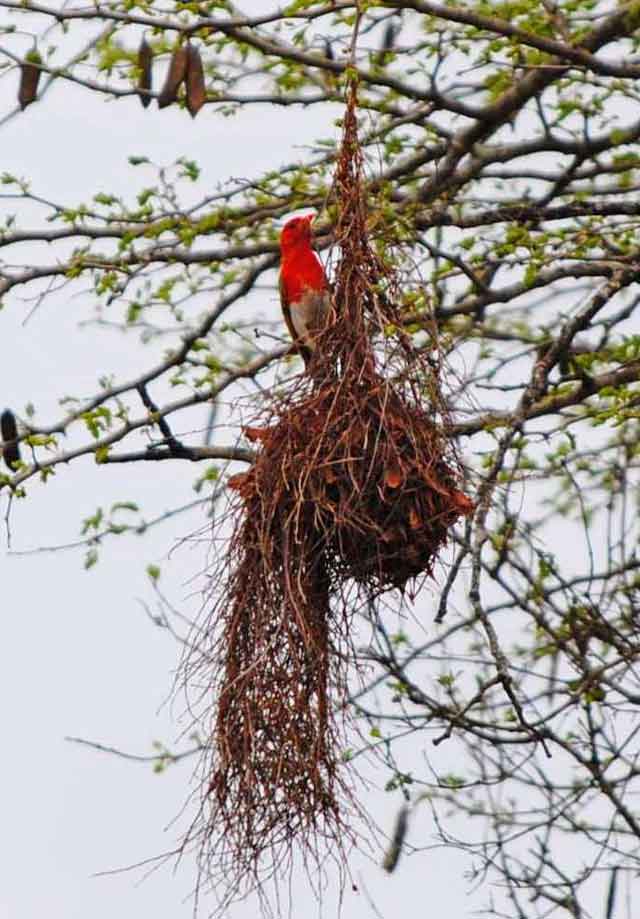Wildlife: Week 3
Everyday Wildlife
Everyday Wildlife Ostrich
An Ostrich Makes a Sound? Yes!
The sound of an ostrich you say? Well, ostriches roar. The male ostrich roars with a style and volume often being mistaken for a lion, by the uninitiated. Don’t believe me? If you want to hear how loud, look up bird calls on the internet. Oh… and turn the volume up!!!
Impala Lily
Impala Lilies aren’t really a lily but a succulent shrub with waxy green leaves and despite a poisonous reputation are regularly browsed by game. Arrowhead poison is made from this everyday wildlife lily.
Banded Mongoose
The hyperactive everyday wildlife babble and chatter, rising and falling, noises the sound of a gurgling stream along with waving grass; this movement, independent of any visible force is the first sign that the veld is not as empty as the open horizon would indicate. The undulating wave of grass stops suddenly and here and there, dark shapes pop up vertically, swivelling around before sinking out of sight once more, resuming its forward motion. The whole performance would be sinister if you had no idea of what you’re about to encounter. In the local colloquialism they are known as stripeys.
It’s these guys (the size of a medium city house cat)….. swarm around digging and tossing leaves and debris, to and fro, searching for insects and other tasty bits in full chatter. If you stay very still they’ll settle down for a while finding shady spots to have a quick nap. The whole group, usually around forty individuals – known collectively as a gang to all you everyday wildlife buffs – adults, babies, juveniles and adolescents travel together, forage together and sleep together. Often all sleeping under the closed bonnet of your warm car engine, throughout the night in winter. Then early in the morning, they leave your cars engine compartment looking like it coughed up a fur-ball.
Flannel Flower
The pretty yellow flowers of the flannel weed occur wherever the natural veld has been disturbed. This is a very useful plant as infusions of the flowers, leaves and fruit act as an insecticide when rubbed on the skin and the burning plant wards off pests. Apart from normal herbal uses, the high fibre content makes it useful for producing twine and saltpetre, extracted from its high potassium nitrate content can be used for fertilizer, gunpowder and food preservation.
Woodland Kingfisher
Wild flashes of bright blue diving and swooping from the trees in wooded patches are the first sign of a must see woodland kingfisher diving. The next is the lovely melodious song. After an intense courtship including elaborate displays and courtship feeding from the male, the monogamous birds will set up home, going about their everyday wildlife hunting juicy insects from the trees.
Leopard Tortoise
The Leopard Tortoise got his name because his coloring is so similar to the leopard. This is the most common of the Southern African tortoises and the biggest and they are the only known tortoise that can swim. This fine specimen came wandering by us while we were out and about on our everyday wildlife hunt and allowed a few pics before traveling off toward the river.
Red-Headed Weaver
Hanging alone above the path is this sturdy nest made of grass and twigs with a “thatch” roof of leaves. It seems an awful lot of work for the three short months that it’s needed. This is the proud male guarding his handiwork as his female puts the finishing touches on the inside where she’ll lay her three greenish blue eggs.
Common Grey Duiker Ram
Grey duiker (Grimm’s duiker) are solitary little antelope and keep to themselves, quietly browsing around the undergrowth. This little guy is one of our older residents who never seems to stray too far away from his area although we have seen a ewe and another male (separately) from time to time. That’s everyday wildlife for you.

